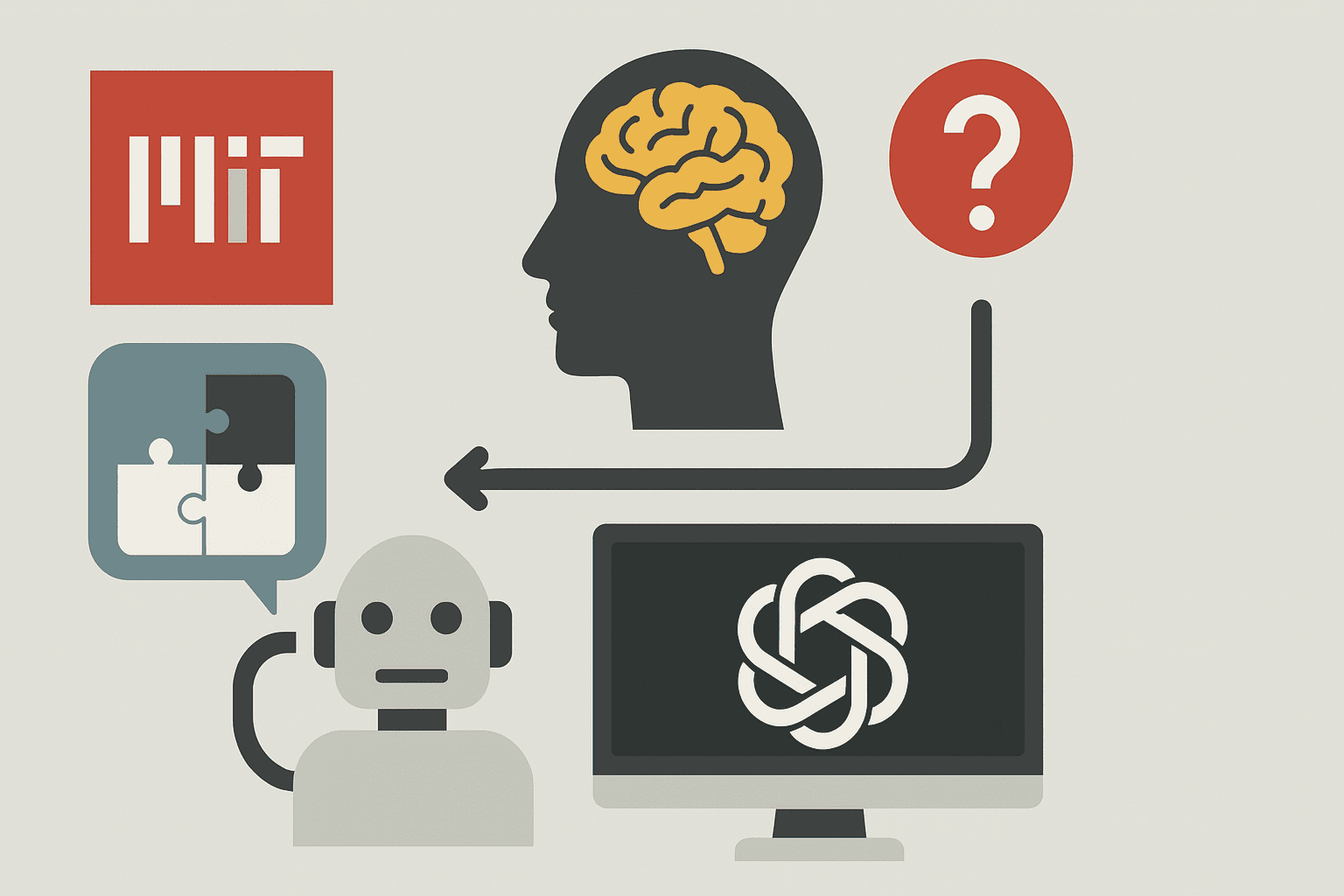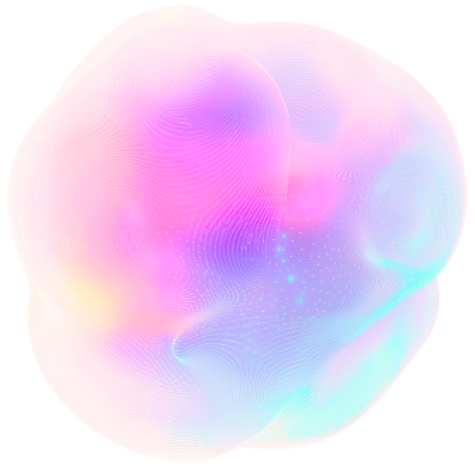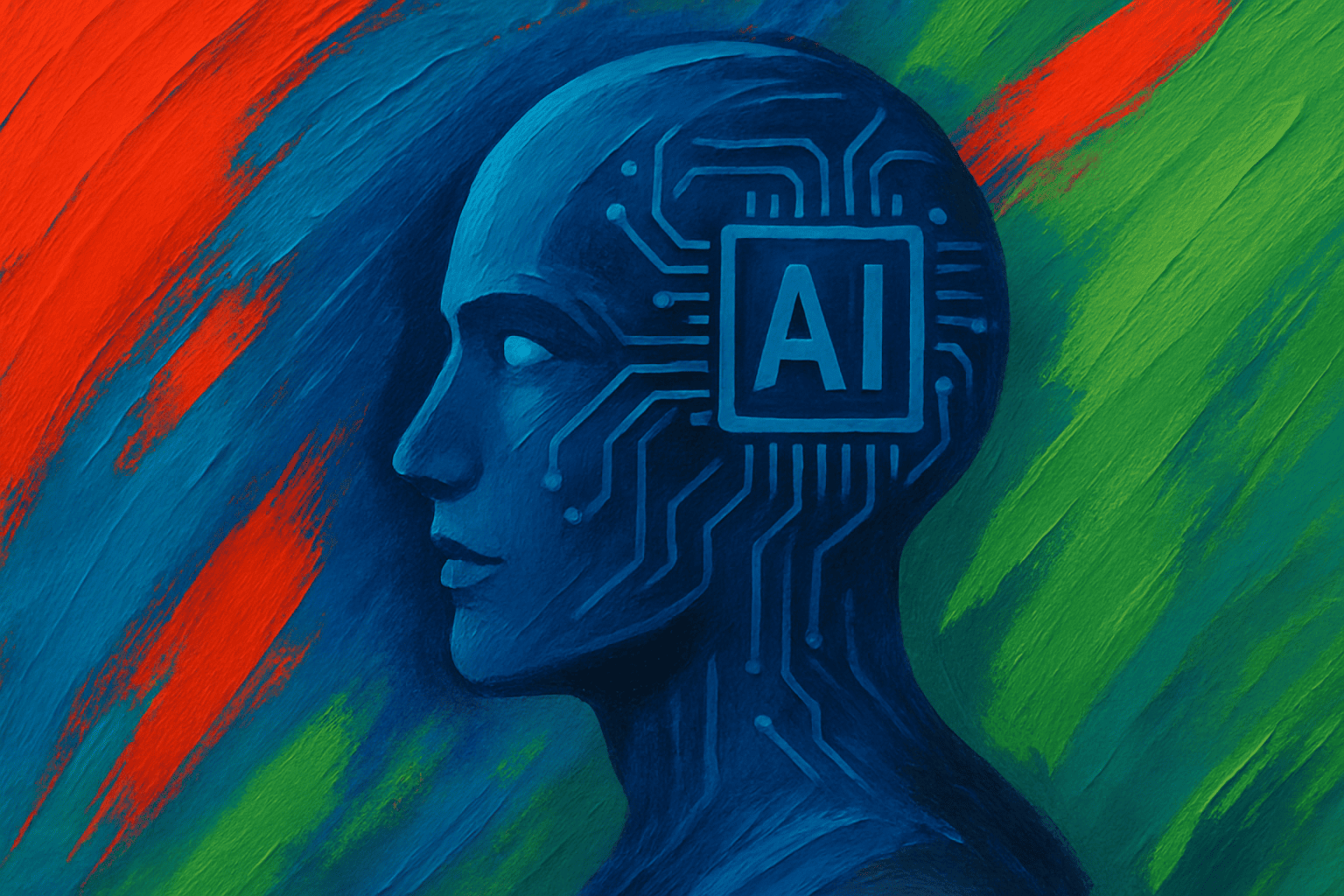The discovery of antibiotics revolutionized medicine in the 20th century, offering effective treatments against bacterial infections. However, the last significant breakthrough in antibiotic discovery occurred over six decades ago, leading to a pressing need for new antibiotics, especially with the rise of drug-resistant bacteria.
Recently, a team of researchers has made a groundbreaking discovery using artificial intelligence (AI) — a new class of antibiotics effective against methicillin-resistant Staphylococcus aureus (MRSA), a bacterium responsible for numerous severe infections worldwide. This discovery, detailed in a Nature publication by a 21-member research team, marks a significant milestone in the fight against antibiotic resistance.
“The insight here was that we could see what was being learned by the models to make their predictions that certain molecules would make for good antibiotics,” James Collins, professor of Medical Engineering and Science at the Massachusetts Institute of Technology (MIT) and one of the study’s authors, said in a statement. “Our work provides a framework that is time-efficient, resource-efficient, and mechanistically insightful, from a chemical-structure standpoint, in ways that we haven’t had to date,” he continued.
The research team employed a transparent deep-learning model, a type of artificial neural network that learns to identify patterns and features from data without explicit programming. Deep learning is increasingly utilized in drug discovery for faster identification of potential drug candidates, prediction of their properties, and optimization of the drug development process.
The focus of this study was on MRSA, a bacterium known for causing everything from mild skin infections to severe conditions like pneumonia and bloodstream infections. The European Centre for Disease Prevention and Control (ECDC) reports that MRSA accounts for nearly 150,000 infections annually in the European Union, contributing to almost 35,000 deaths from antimicrobial-resistant infections each year.
To find a new antibiotic, the MIT research team expanded their deep learning model using larger datasets. They tested approximately 39,000 compounds for their activity against MRSA, incorporating the results and chemical structures into the model. To refine the drug selection, three additional deep-learning models were used, assessing the toxicity of compounds on different types of human cells.
“What we set out to do in this study was to open the black box. These models consist of very large numbers of calculations that mimic neural connections, and no one really knows what’s going on underneath the hood,” said Felix Wong, a postdoc at MIT and Harvard and one of the study’s lead authors.
These integrated models screened about 12 million commercially available compounds, identifying potential candidates from five chemical classes. The researchers acquired 280 of these compounds for laboratory testing against MRSA, leading to the identification of two promising antibiotics from the same class. In tests involving mouse models for MRSA skin and systemic infections, these compounds significantly reduced the MRSA population, demonstrating their potential as effective new antibiotics in the ongoing battle against drug-resistant bacteria.
Featured image: akirEVarga, Pixabay






